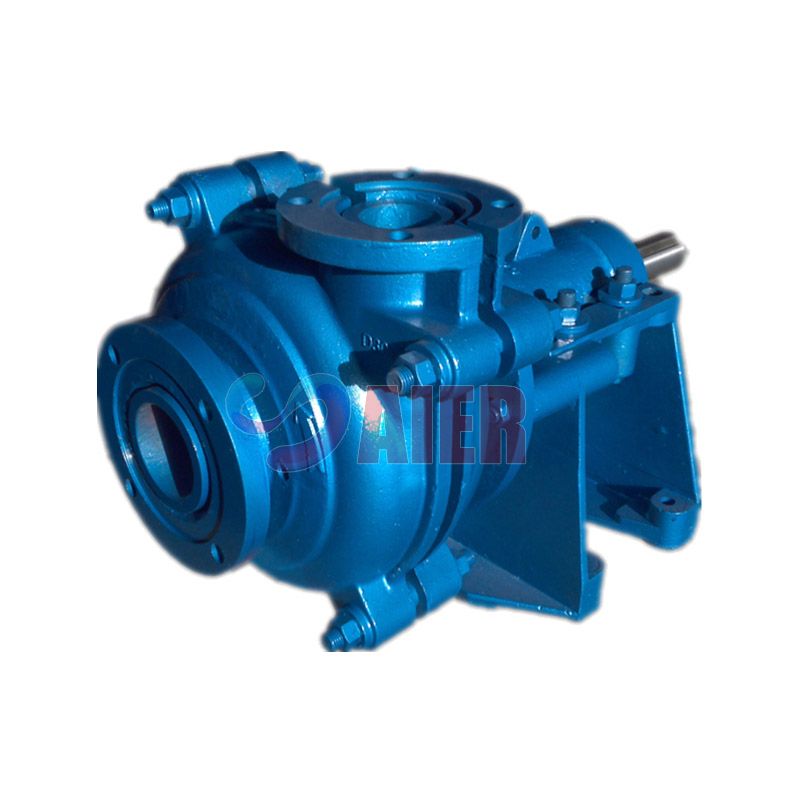Dec . 07, 2024 04:35 Back to list
Understanding the Functionality and Applications of Submersible Pumps in Various Industries
Understanding Submersible Pumps A Comprehensive Overview
Submersible pumps, an indispensable component in various industries, have gained immense popularity due to their unique design and functionality. Unlike traditional pumps, which operate above the surface of the fluid they are moving, submersible pumps are submerged in the fluid they are designed to pump. This article aims to provide an in-depth understanding of submersible pumps, their applications, benefits, and considerations.
What is a Submersible Pump?
A submersible pump is a type of pump that operates while fully submerged in the liquid it is pumping. This design involves a sealed motor that prevents water from entering and damaging the internal components. Submersible pumps are typically used to move water, but they can also be used for other fluids, including sewage, chemicals, and oil. The pump consists of a motor, pump components, and a protective outer casing, ensuring reliability and efficiency.
How Do Submersible Pumps Work?
The operation of a submersible pump is relatively straightforward. The pump is connected to a power source via an electrical cable. When powered, the motor drives the impeller, which creates a vacuum that draws fluid into the pump. As the fluid enters, the impeller pushes it through the pump and out through the discharge pipe. Because the pump is located below the surface of the fluid, it is able to operate with greater efficiency and can handle various fluid levels without losing pressure.
Applications of Submersible Pumps
Submersible pumps are widely used across a range of applications, including
1. Water Extraction Commonly used for residential and agricultural irrigation, these pumps are essential for drawing groundwater from wells.
2. Sewage and Wastewater Disposal These pumps play a critical role in municipal sewage systems, where they transport sewage and wastewater from homes to treatment facilities.
3. Dewatering Construction sites often experience water accumulation; submersible pumps effectively remove excess water, allowing for safer and more efficient work conditions.
5. Fish Farming and Aquaculture In aquaculture, these pumps help maintain water quality and circulation in fish tanks and ponds.
Benefits of Submersible Pumps
submersible pump

The unique design and operational characteristics of submersible pumps offer several advantages
- Efficiency Because they are submerged, submersible pumps do not require priming, and they can operate at a higher efficiency than surface pumps.
- Space-saving Design Submersible pumps do not take up surface space since they can be installed underwater, making them ideal for situations with limited space.
- Reduced Noise Being submerged in liquid, these pumps operate more quietly than surface pumps, which can be beneficial in residential areas.
- Versatility Submersible pumps can be used to handle various fluids, making them suitable for an array of applications.
Key Considerations
When selecting a submersible pump, there are several factors to keep in mind
- Fluid Type Ensure that the pump materials are compatible with the liquid being pumped, particularly for corrosive or abrasive fluids.
- Pump Capacity Choose a pump that matches the required flow rate and head height for your specific application.
- Power Source Consider the availability of electrical connections, and ensure that the pump motor meets your operational requirements.
- Installation Requirements Understand the installation process, ensuring that proper precautions are taken to prevent damage to the pump or surrounding environment.
Conclusion
Submersible pumps have solidified their place as essential tools in various applications, offering efficiency, versatility, and reliable performance. Their unique characteristics facilitate the movement of fluids in challenging environments, contributing significantly to industries such as agriculture, construction, and wastewater management. Understanding the operation, benefits, and considerations related to submersible pumps can help consumers make informed decisions, leading to improved outcomes in their specific applications. As technology continues to advance, the efficiency and capabilities of submersible pumps will likely improve, further solidifying their role in today’s fluid management solutions.
-
Top Submersible Pump Companies High Quality Manufacturers & Suppliers in China
NewsJul.08,2025
-
High Quality Seal for 5 Inch Dredge Pump Reliable China Manufacturer & Supplier
NewsJul.08,2025
-
High-Efficiency Slurry Sand Pump from Leading China Manufacturer – Durable & Reliable Solutions
NewsJul.07,2025
-
High-Quality Slurry Pump Made in China Durable Steel Mill Slurry Pump & Parts
NewsJul.07,2025
-
High Quality Excavator Dredge Pump Manufacturer & Suppliers from China – Reliable, Durable, Efficient Solutions
NewsJul.07,2025
-
Wholesale Slurry Pump Closed Impeller Supplier High Efficiency China Slurry Pump Closed Impeller
NewsJul.06,2025
